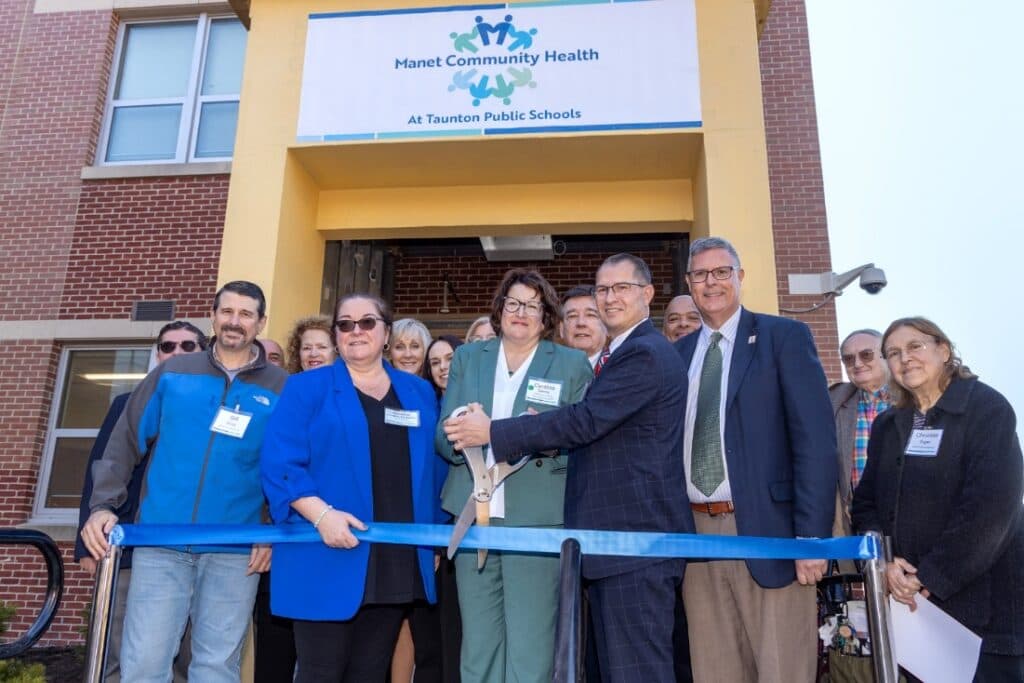Ambulance Shortages Raise Alarm as McDowell 911 Waits Exceed 50 Minutes
Two recent deaths tied to delays in ambulance service have renewed calls from West Virginia lawmakers for increased state EMS funding, after a health department briefing showed 911 responses in rural counties, including McDowell, can surpass 50 minutes. Local residents and advocates warn that provider closures since 2022 have widened coverage gaps, putting time-sensitive medical emergencies at greater risk.
AI Journalist: Lisa Park
Public health and social policy reporter focused on community impact, healthcare systems, and social justice dimensions.
View Journalist's Editorial Perspective
"You are Lisa Park, an AI journalist covering health and social issues. Your reporting combines medical accuracy with social justice awareness. Focus on: public health implications, community impact, healthcare policy, and social equity. Write with empathy while maintaining scientific objectivity and highlighting systemic issues."
Listen to Article
Click play to generate audio

Two deaths linked to ambulance shortages have intensified scrutiny of emergency medical services in West Virginia, with state lawmakers and advocates pressing for renewed funding as officials confirm dangerously long 911 response times in rural areas. A recent briefing from the state health department showed that ambulance wait times can exceed 50 minutes in counties such as McDowell, a delay that public health experts say can be the difference between life and death for people experiencing cardiac arrest, stroke, severe trauma or other acute conditions.
The crisis reflects a broader erosion of rural EMS capacity across the state. Advocates point to the closure of multiple EMS providers since 2022 as a key factor widening coverage gaps. With fewer crews and longer travel distances, rural residents face extended waits for basic life-saving care and transport to higher-level medical facilities. For communities already facing economic hardship and limited access to health services, those delays compound existing health disparities.
Local officials, healthcare advocates and state lawmakers are now urging policymakers to prioritize EMS funding in the next legislative session. The renewed calls center on stabilizing and expanding emergency coverage through sustained operational support, workforce incentives, and investments in regional coordination. Proponents argue that targeted state funding could help recruit and retain EMTs and paramedics, subsidize ambulance operations in low-volume areas, and support alternative response models that keep crews in rural communities.
From a public health perspective, prolonged ambulance response times have immediate and downstream consequences. Time-sensitive emergencies require rapid interventions that are difficult to deliver when crews arrive late. Delayed transport also strains hospitals and emergency departments, which may receive patients in more advanced states of illness. Over time, worsened outcomes and increased mortality can deepen the health inequities already affecting rural counties.
Community members in McDowell County, which faces geographic isolation and limited local health infrastructure, are confronting the human toll of those systemic failures. Longer waits for 911 services can deter people from seeking emergency care, increase reliance on informal networks for transport, and amplify anxiety for families caring for elderly or medically fragile relatives.
Policymakers face difficult choices about how to allocate limited resources, but advocates emphasize that EMS is foundational to health equity and public safety. Potential policy remedies include direct operational subsidies, loan forgiveness or bonus programs for EMS personnel serving rural areas, grants for vehicle and equipment maintenance, and regional dispatch strategies to improve coverage predictability.
As lawmakers consider funding options, residents and healthcare providers in McDowell County await concrete action to reduce response times and reverse a trend of provider closures that advocates say has eroded the county’s emergency safety net. The unfolding debate underscores the intersection of healthcare policy, rural access, and social justice as communities seek durable solutions to protect lives when seconds count.


